Outsourcing, Multiprovider, SIAM - how do I put it on paper? Part 3
SIAM - The effective and efficient way to control a wide variety of suppliers.
How can a client guarantee the control of various suppliers for their own information and communication technology? The best method of choice for this is “SIAM” – Service Integration and Management. A practical school of thought for the efficient handling of tasks that result from a large number of suppliers. SIAM offers, as a whole, a catalog of measures for the management and control of the services provided by the suppliers – “Providers”.
The gradual implementation of SIAM without interfering with existing contracts.
At least from a contractual point of view, the “Discovery & Strategy” phase of a SIAM multi-provider environment to be created means due diligence, if necessary, of existing IT outsourcing contracts with the client.
If a client can’t generally or in a targeted area state any outsourcing contracts as his own, at the key stage “Plan & Build, a SIAM multi-provider environment with an immediate “overall transition”, based on standardized contracts can be drawn up for all planned providers including the service integrators.
It becomes more complex when no direct intervention in existing outsourcing contracts should or can be done, and thus, a complete SIAM implementation is only possible on a certain time axis. The “playground” of the changeover on the time axis is huge and green – all axis lengths and nuances are imaginable. The only certain thing is that there won’t be a “Big Bang”, but rather a continuous process of successive transitions.
The contracts that already exist with a client must then be checked for their compatibility and the ability to be added to a SIAM multi-provider environment, in the worst case passed contract periods that have yet to be covered must also be checked. A model of the chronological sequence of all possible provider transitions towards SIAM should be devised and checked. At the same time, it is advisable to preemptively feel out the willingness of the existing providers to integrate into a clearer and much better controllable SIAM multi-provider environment.
Taking into account the actual "degree of maturity" of all companies involved.
Considering the actual “degree of maturity” of all companies involved – including that of the client himself – old and new roles, processes and committees of IT service management must be thought of and considered. Often the different designation of the same, or the same designation of different things, forms a hurdle that should not be underestimated. Uniform definitions of terms for the client and all providers will then be in great demand.
The gradual implementation of the service integrator on the time axis must be considered and possibly be implemented on the time axis using different models (internal versus hybrid versus external).
In the case described, the step-by-step implementation of a SIAM model can only be achieved through new IT outsourcing contracts to be concluded with all providers over a period of time, or at least additional agreements to the existing contracts.
What should be achieved when? In this case, the contract and the related documentation must offer the necessary flexibility and yet still contain the essential cornerstones and arrangement rights of the client and the “growing” service integrator.
Contact us if this topic has aroused your interest.


